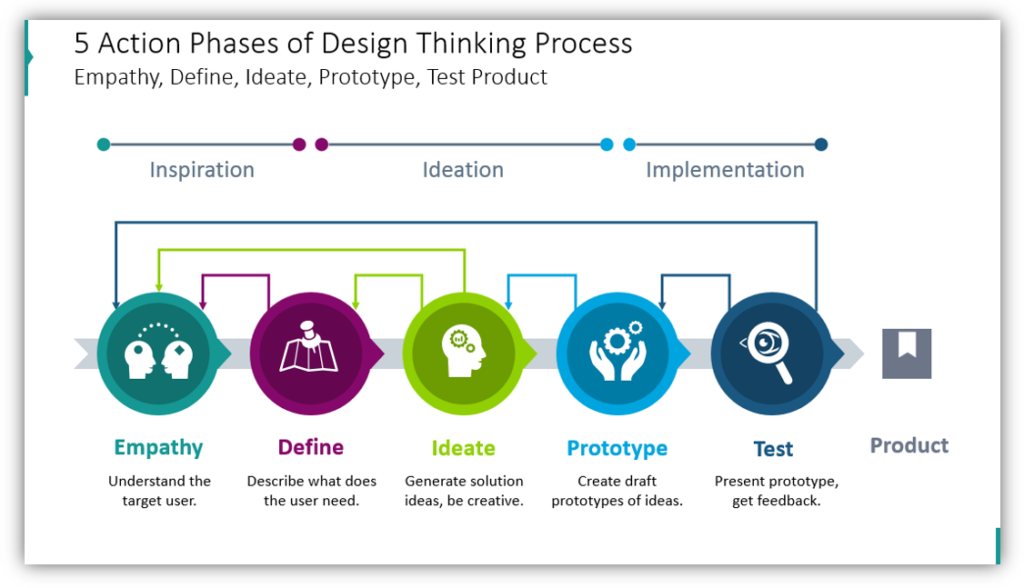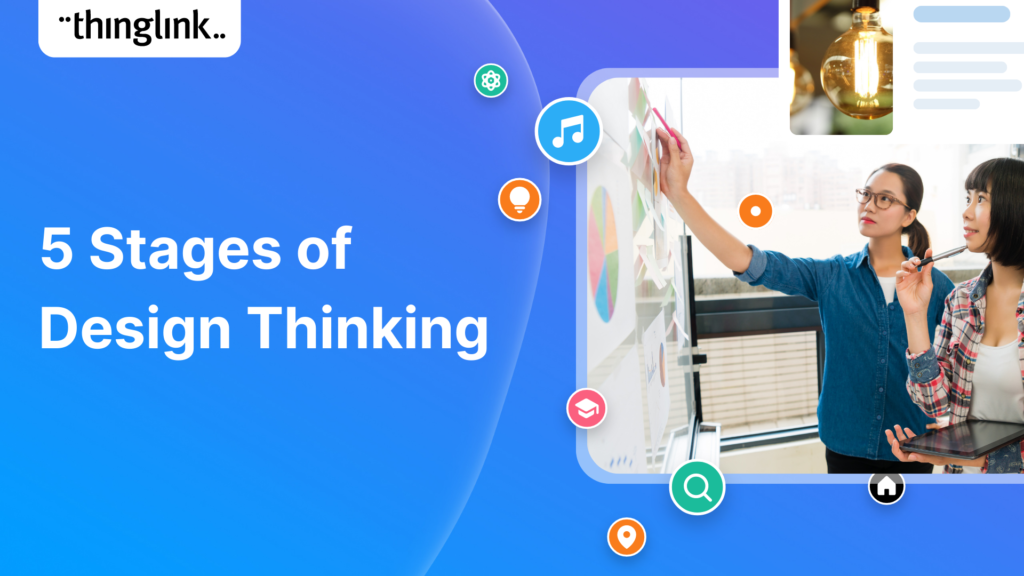Table Of Content

The design thinking process differs from other creative processes as it’s largely customer-driven. It places the customer on a pedestal and attempts at every step of the way to incorporate their voice into the development of the product or service. People love to talk in abstracts when it comes to creative processes, but this doesn’t help for honing in on what really matters.
Step 2: Perform UX Research
Design thinking borrows the design methods and applies them to problems in general. In the “Ideate” phase, the team synthesizes the insights gained to brainstorm a wide array of creative solutions. This stage encourages divergent thinking, where teams focus on quantity and variety of ideas over immediate practicality. The goal is to explore as many possibilities as possible without constraints.
User Experience: The Beginner’s Guide
When designers and design teams start a UX design process, they make a strategic investment that pays dividends in customer satisfaction, brand loyalty and overall business success. Whether it’s to revisit existing products so they can add the best improvements or to start from scratch in the problem and solution space, teams rely on their design process to structure the way forward. User experience (UX) design processes are systematic approaches to create meaningful and relevant experiences for users. They usually involve research, ideation, prototyping, testing and implementation.
Design thinking process 101: Definitions and approaches
It helps us carry out the right kind of research, create prototypes and test our products and services to uncover new ways to meet our users’ needs. The Test step in Design Thinking Test helps teams gather valuable feedback from users and other stakeholders. This step works hand-in-hand with Prototyping to inspire fresh ideas and refine working solutions.
Innovation workshop using design thinking framework and involving stakeholders to co-create ideas for management ... - Nature.com
Innovation workshop using design thinking framework and involving stakeholders to co-create ideas for management ....
Posted: Sat, 04 Nov 2023 07:00:00 GMT [source]
The Complete Design Thinking Process
Design thinking is important because it challenges assumptions and fosters innovation. While many ways of thinking rely on the habits and experiences we’ve formed, they can limit us when it comes to thinking of design solutions. Gain a solid foundation in the philosophy, principles and methods of user experience design. The Design Thinking process puts the needs and requirements of the user first. The first stage of the process is dedicated to building empathy with your target users and understanding their needs, expectations, and behaviors. Unlike problem-based thinking, which tends to fixate on obstacles and limitations, the Design Thinking process is all about outcomes.
Testing stage
This helps everyone stay on the same page, while giving them the ability to add their own ideas freely and easily. Mural facilitates effective collaboration both in person and remotely, making it ideal for design thinking workshops for co-located and distributed teams. Plus, it has tons of ready-to-use templates (like the ones we listed above) to help you get started. The round robin brainstorming exercise is a collaborative session where every person contributes multiple ideas. This is a great way to come up with lots of different ideas and solutions in the ideation stage of design thinking, where you’re focusing on quantity and creativity. You and your team will hold ideation sessions where you can come up with as many ideas as possible.
At this stage, you want to get familiar with the people experiencing the problems you’re trying to solve, understanding their point of view, and learning about their user experience. You want to understand their challenges and what they need from your product or company to address them. The “empathize” stage of the design thinking process involves learning about customers’ challenges. This stage is focused on gaining a deep understanding of users’ needs, emotions, and behaviors in order to develop meaningful solutions. The design thinking process should not be seen as a concrete and inflexible approach to design; the component stages identified should serve as a guide to the activities you carry out.

Companies must innovate to survive and remain competitive in a rapidly changing environment. In design thinking, cross-functional teams work together to understand user needs and create solutions that address those needs. Design thinking is an iterative, non-linear process which focuses on a collaboration between designers and users. It brings innovative solutions to life based on how real users think, feel and behave.
(PDF) Development of an entrepreneurship model using the design thinking approach and emotional intelligence for ... - ResearchGate
(PDF) Development of an entrepreneurship model using the design thinking approach and emotional intelligence for ....
Posted: Fri, 19 Jan 2024 08:00:00 GMT [source]
Throughout this stage of the Design Thinking process, you’ll continuously refer back to your problem statement. As you prepare to move on to the next phase, you’ll narrow it down to a few ideas, which you’ll later turn into prototypes to be tested on real users. By the end of the define phase, you will have a clear problem statement to guide you throughout the design process.
Depending on time constraints, you will gather a substantial amount of information to use during the next stage. The main aim of the Empathize stage is to develop the best possible understanding of your users, their needs and the problems that underlie the development of the product or service you want to create. In the third and the fourth lessons, you’ll learn about the most common UX design tools and methods. You’ll also practice each of the methods through tailor-made exercises that walk you through the different stages of the design process. You might know what a “UX designer” does, but what about a “visual designer”, “product designer” or “UX unicorn”?
This outside-the-box thinking is now taught at leading universities across the world and is encouraged at every level of business. By focusing on the extremes, you will find that the problems, needs and methods of solving problems become magnified. Consider what makes a user extreme and you’ll tend to notice it’s the circumstances involved.
Get the mindset, the confidence and the skills that make UX designers so valuable. Build your UX career with a globally-recognised, industry-approved certification. It’s an actionable technique that allows us to tackle “wicked problems,” or problems that are ill-defined. For example, achieving sustainable growth or maintaining your competitive edge in business count as wicked problems, and on a broader scale, poverty and climate change are wicked problems too. Design thinking uses empathy and human-centred thinking to tackle these kinds of problems. Design thinking is also solution-based, looking for effective solutions to problems, not problem-based, which looks at the problem itself and tends to focus on limitations.

UX unicorns thus take charge of the entire design process and more—they also translate their designs into live code. Metrics like time on task, error rates and completion rates for key actions provide insight into how well users can navigate and use the product. Lower error rates and shorter completion times typically suggest a more intuitive user interface. First, utilize collaboration tools such as Slack for communication, Figma or Adobe XD for design sharing, and Asana or Trello for project management. These tools allow team members to communicate in real-time, share progress, and track tasks efficiently.
While his team had created an innovative new MRI machine, they didn’t address that particular issue because they hadn’t looked at it from the perspective of a child. When they finally did, and added colorful graphics to the machine and a story to the experience, only a fraction of one percent of kids had to be sedated for the tests. If users have tried a solution that has failed, it’s best to find out early in the process.
The team aims to understand the problem, typically through user research. Empathy is crucial to design thinking because it allows designers to set aside your assumptions about the world and gain insight into users and their needs. Steve Eppinger is a professor of management science and innovation at MIT Sloan. He holds the General Motors Leaders for Global Operations Chair and has a PhD from MIT in engineering. He is the faculty co-director of MIT's System Design and Management program and Integrated Design and Management program, both master’s degrees joint between the MIT Sloan and Engineering schools.
Try to focus on the big picture, and don’t be afraid to frame and reframe observations as you glean additional insights. Bringing in ideas from every team member encourages people to share their unique perspectives, and can also help you avoid groupthink. Build your UX career with a globally recognised, industry-approved qualification.

No comments:
Post a Comment